Windows Mobile's 1 million-sellers
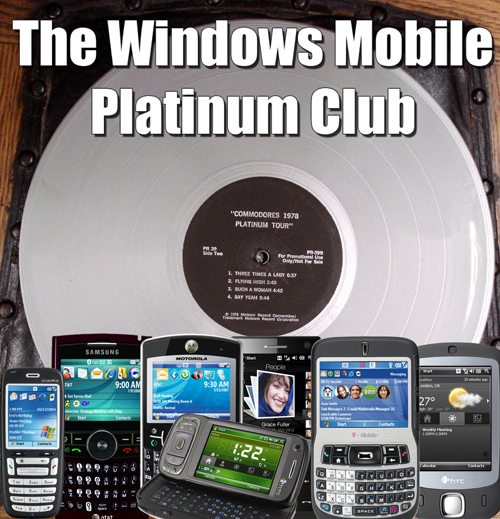
In the music business, an album "goes platinum" once it's sold 1 million copies. In the cell phone business, well, let's just say we don't expect HTC to be rapping about how many Touch Diamonds it's moved. (Though we've got a pretty good idea how it might sound.)
During CES last month, MobileJaw got some face time with Windows Mobile Senior Product Manager Greg Sullivan at CntrStg, the companion to the main CES show. And it was there that they discussed the 11 devices running Windows Mobile that have sold more than 1 million units.
The list, in no particular order, comprises some oldies-but-goodies, as well as some of the new hotness. And remember these devices also are available worldwide, not just in the United States. Read on to find out who has made it into the Windows Mobile Platinum Club.
Samsung Omnia

Also known as the SGH-i900 (among a couple other iterations), the Omnia [full review here] was billed as a direct competitor to the iPhone. And it came armed to the teeth. A 240x400 touchscreen. 16 gigs of onboard storage. Accelerometer. 5-megapixel camera. 3G. WiFi. FM Radio. GPS. A 624 MHz processor. And so on and so forth. There was so much to see, in fact, that it took Dieter two videos to do it: A rundown of the hardware, as well as a look at the software, which included a new widgets UI.
The Omnia has only been picked up in the U.S. on Verizon, but it's done well enough overseas to push it over the 1 million-sold mark.
Motorola Q - Yes, all of them

The original Motorola Q seemed to be everywhere after its launch in spring 2006. Find a smartphone-wielding businessperson at the time, and they probably either were carrying a BlackBerry, or a Q. It was uber-popular. That said, the specs weren't all that spectacular. It was rather anemic on the memory side.
But every smartphone line has to start somewhere, and the original Q paved the way for some classics. The Q9h and Q9h Global (still one of our favorites of all-time), plus the Q9h Silver. Q9c (on Sprint). Q9m (Verizon). The more recent Q11, which hasn't been released in the States. Then there's the Q9 Napolean (canceled) and the Q8 (also canceled).
All the latest news, reviews, and guides for Windows and Xbox diehards.
If you've hung around WMExperts long enough, you'll know that we still have quite the crush on the Q9h. It's just a solid Windows Mobile Standard (non-touchscreen) phone, with a killer keyboard and powerful processor. About the biggest strike against the Q line is that we never did get one with WiFi, despite the mythical Q9h that surfaced in late 2007. And, yes, that's really dating that phone.
Samsung Blackjack and Blackjack II
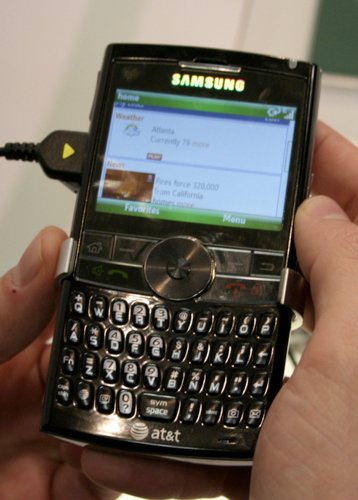
Yeah, yeah, we're going to lump these into one category. But they each passed the 1 million-sales mark on its own. The original Blackjack (SGH-i607/600) really helped push Windows Mobile into the mainstream, thanks in party to a marketing blitz by Cingular and AT&T. It seemed to ride the wave begun by the Motorola Q – namely the front-facing QWERTY keyboard and non-touchscreen form factor. The first Blackjack was plagued by a looooooonnnnnnnnnnggggggg wait for an upgrade to Windows Mobile 6.
We were pretty impressed with the Blackjack II (SGH-i617), but not quite enough to give it top billing over the Motorla Q9h. (Hey, we gave it not just one, but two chances.) But it did get the Windows Mobile 6.1 update, and we got an early look at it last April at CTIA. (Seems old hat now, but we were definitely excited at the time.) The Blackjack already has been supplanted by the Samsung Epix (which sports a touchscreen), but it'll be interesting to see if the Epix can end up with the same market share.
Audiovox SMT 5600
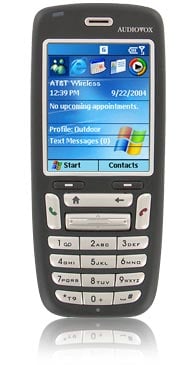
If you think this guy looks to be circa 2004, you're right. It is. (It even pre-dates WMExperts!) But it's Windows Mobile on a cell phone (and look how far the form factor has come). Looking back to the Engadget post on it at the time, it sported a 2.2-inch, 176-by-220 screen, Bluetooth, VGA camera and miniSD. All for the low, low price of $200 after contract.
HTC Dash
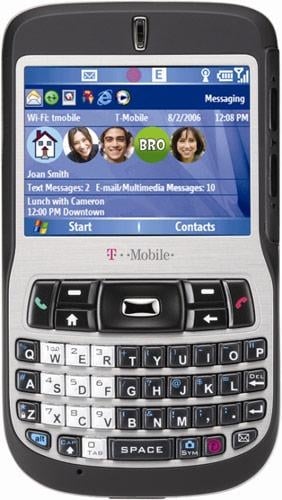
Also known by its HTC code name, Excalibur, the Dash is the little smartphone that could. The first Dash came out in the fall of 2006, and a new, all-black version recently was released and remains the only Windows Mobile phone on T-Mobile in the United States [Edit: Er, along with the Shadow and the Wing]. But don't dismiss the Dash as a platform. It long has served as Microsoft's go-to phone for testing purposes.
An update to the Dash in the form of the HTC Cavalier never came to fruition, though we may see one in the HTC Maple/3G Excalibure, as seen in a recent leak.
HTC Touch
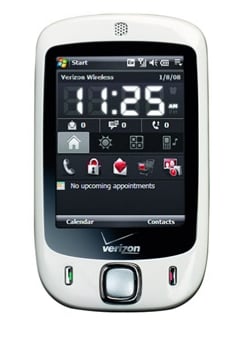
The HTC Touch brought about a bit of a revolution for Windows Mobile. First and most obvious was the lack of a physical keyboard. Second was the appearance of TouchFlo, HTC's custom interface skinned on top of Windows Mobile. TouchFlo has evolved into TouchFlo 3D and is standard on any HTC smartphone now, though it can be turned off via the Today Screen settings.
The Touch (it's Sprint name), is also known as the Vogue, the UTStarcomm MP6900 and the XV6900 on Verizon. It was announced just months after the original iPhone came to market, a Windows Mobile answer to Apple's first foray into the cell phone market. An unlocked GSM version is available, though AT&T never picked it up, for the obvious reason of not wanting to create any competition for the iPhone. The Touch Dual followed, adding a numeric keyboard.
HTC Touch Diamond
Tuesday, May 6, 2008 – the day the smartphone landscape changed forever and ... OK, maybe that's a bit much. But the Touch Diamond took what began with the Touch – namely a keyboardless black slab with that newfangled TouchFlo UI – and put some sex appeal in it. Under the hood, the Touch Diamond sported Windows Mobile 6.1, 256 megs of ROM, 192 of RAM, and 4 gigabytes of non-removable internal storage. A 3.2MP camera and an accelerometer rounded things out. TouchFlo also was upgraded to TouchFlo 3D. And, in the most impressive swipe at the iPhone at the time, a 480-by-640 touchscreen. Truly, this was going to be a Windows Mobile phone to be reckoned with.
But the Touch Diamond initially was launched in Europe and Asia, and early ROM versions were rife with trouble, at least for the brave few who paid a premium to import it back to the U.S. TouchFlo 3D was sluggish, and the phone lacked the U.S. 3G bands (though the importers knew that when they bought it). By the time the phone was officially released in the U.S. (it's on Sprint, Alltel, Verizon, and a few other regional carriers and also available unlocked on GSM) many of the problems had been worked out.
The Diamond series also has spawned the Touch Pro (which adds the slider keyboard, so AT&T didn't mind picking it up), the Touch HD (the beautiful phone we won't see in the U.S.), and the Diamond-like stylings are apparent in a recently leaked map of HTC's 2009 offerings.
HTC XV6800
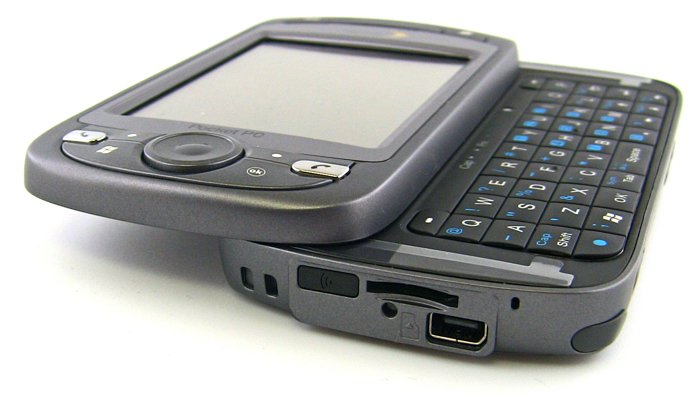
Also known as the Titan, the XV6800 got a lot of love over the years. On Sprint it was the Mogul, and a tried and true favorite for many. Verizon also rocked it. And it was a pretty powerful slider. A 400MHz processor, 240x320 touchscreen, EVDO Rev. A, 256 megs ROM/64 megs RAM. In a word, solid.
HTC TyTN II
This phone (code named the Kaiser) basically took the XV600, upped the specs and tilted the screen. And thus was born the AT&T Tilt. Our initial take?
Quite possibly what we predicted: The Best Damn Windows Mobile Device (in the US) Ever. Quite possibly - but not definitely. The out-of-the-box experience made one thing clear, that this device is meant for power users. It's not just that it has WiFi, GPS (which you'll need to manage carefully given the relatively small 1350 mAh battery). It's that the out-of-box experience on the device is woeful - long initial "configuration boot up" time, horrible defaults on the today screen, basically they took out nearly all of the improvements that HTC has made on Windows Mobile.
There was a slight scandal over the graphics drivers. But the Tilt still represented Windows Mobile in the inaugural Smartphone Experts Round Robin and did quite nicely, IOHO.
HTC P800W (aka Artemis)
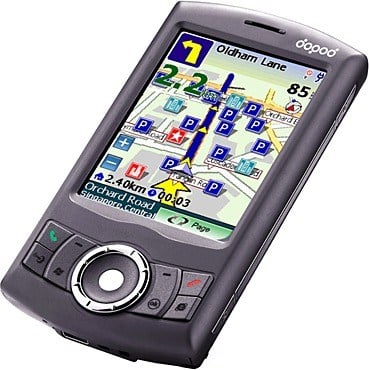
The P800W largely got its due outside the U.S., with different versions for different nations. But what you got was a solid HTC touchscreen phone, circa late 2006. There was a TI OMAP 850 processor running at 201MHz, a 240-by-320 screen, 128 megs of ROM/64 megs of RAM. Again, HTC equals solid, and thus very popular in Europe.
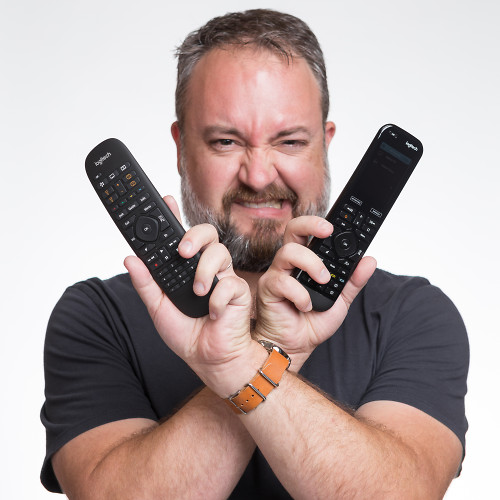
Phil is the father of two beautiful girls and is the Dad behind Modern Dad. Before that he spent seven years at the helm of Android Central. Before that he spent a decade in a newsroom of a two-time Pulitzer Prize-finalist newspaper. Before that — well, we don't talk much about those days. Subscribe to the Modern Dad newsletter!
